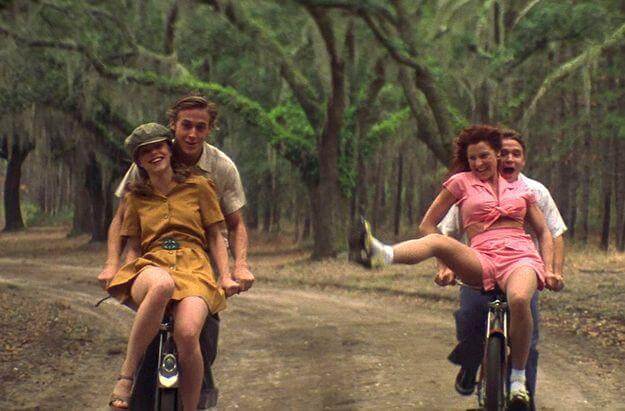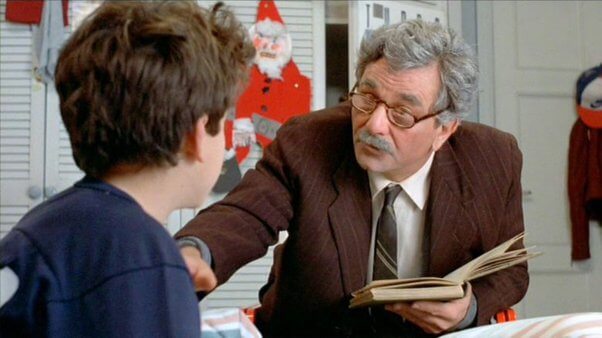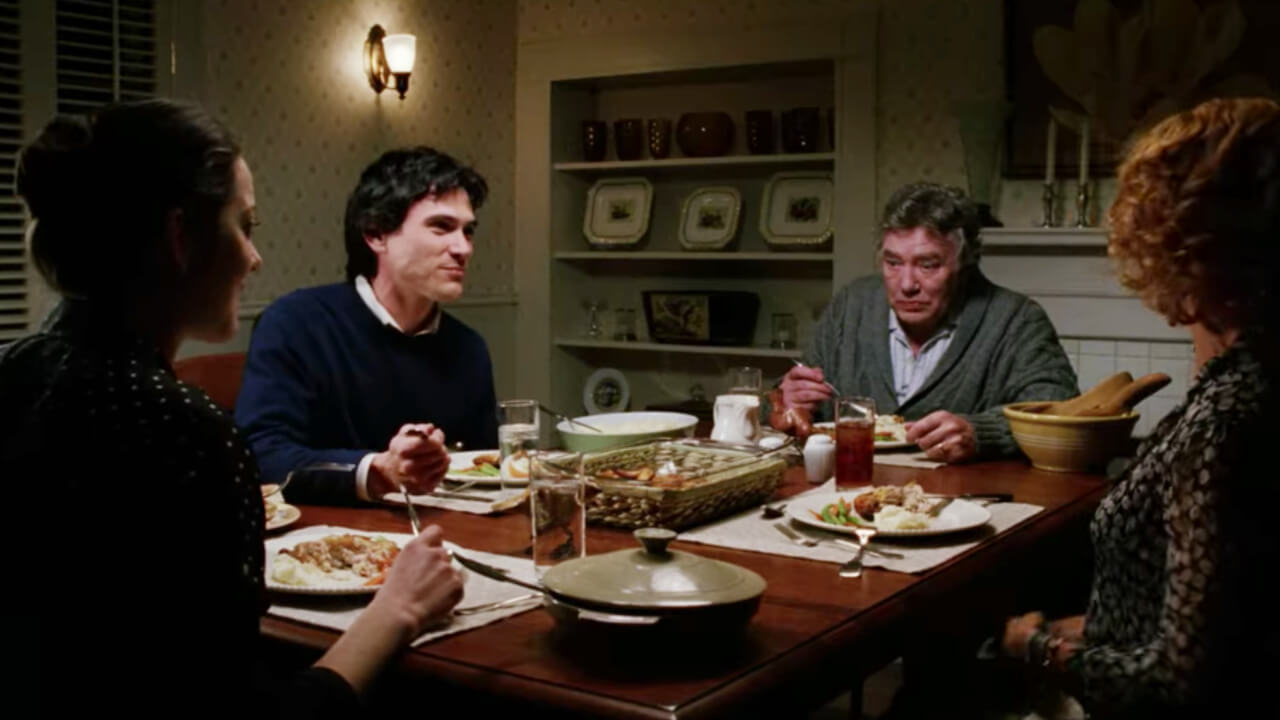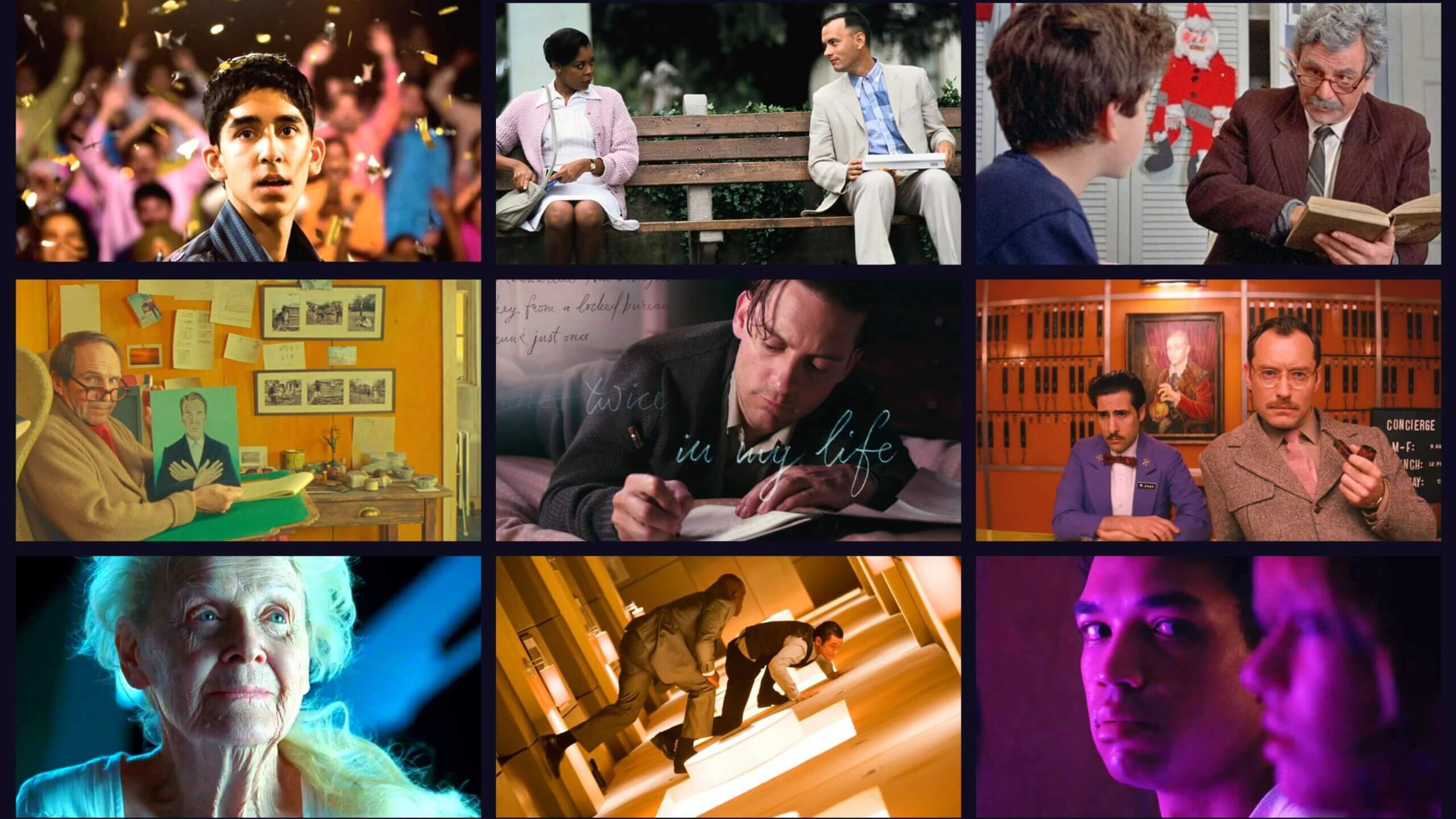In a story, context can change how we perceive and experience a narrative. Sometimes, writers use a larger story as the context for another. This technique is known as a frame story.
Frame stories add depth to a narrative, creating an initial lens through which we view the rest of the story. This lens can be retrospective, subjective to a character, or it can simply establish the degree 0f accuracy of another story being told. The various ways frame stories can be used prove their value as a storytelling technique.
What is a Frame Story in Film and Literature?
First, let’s define a frame story
A frame story can be used in a variety of ways for different effects. With a frame story, writers must establish context that creates a deeper story.
FRAME STORY DEFINITION
What is a frame story?
A frame story is a storytelling technique that involves a main narrative that sets the stage for one or more secondary stories. The primary story provides a context or framework within which the secondary narratives unfold. Essentially, it is a story within a story.
This technique can be used to connect different narratives, provide background information, or create a more complex and dimensional story that allows writers to layer themes and narratives.
What is a frame story used for?
- Providing context
- Exploring different perspectives
- Deepening an audience’s experience
- Enhancing themes and motifs
- Create a sense of authenticity
What is a Frame Story Used For?
Purpose of Frame Stories
The best examples of frame stories (which we'll dive into in a bit) use a frame to make a secondary story better. Telling a story through a frame story should be a very intentional choice that is relevant and contributes to the audience or readers' overall experience.
Provide Context
One of the main purposes of a frame narrative is to provide context for the secondary narratives. By setting the stage with a primary story, authors can offer background information about characters or historical context that deepens the understanding of the main narrative.
Explore Different Perspectives
Frame stories allow for multiple layers of storytelling, creating a more intricate story structure. This allows authors to explore different perspectives and develop characters in greater detail.
For example, in the film Saving Private Ryan, the story of World War II is framed through an elderly James Ryan's memories, giving us a unique perspective on the events knowing he lives throughout the main plot of the film during WWII.
Saving Private Ryan • Opening Scene
Related Posts
Deepen an Audience's Experience
Frame stories can be a perfect entry point for an audience to invest more deeply into a story. By presenting a story within a story, authors can create curiosity and suspense, encouraging readers to stay engaged.
Enhance Themes and Motifs
Using a frame story can help authors connect different thematic elements across narratives. The framing device can highlight or contrast themes in the primary and secondary stories inviting audiences to draw their own comparisons between the two.
Create a Sense of Authenticity
When characters tell stories to other characters within a film or novel, it can create a sense of realism, portraying characters just as real people who tell stories in retrospect. A great example is in the film The Notebook, where an elderly man reads a story to another resident in a nursing home. The retrospective framing makes the story and relationship all the more emotional.

The Notebook
Frame stories also help create realistic narrators or characters to tell the story. This technique can create a sense of intimacy and connection between the reader and the characters.
Related Posts
Best Uses of a Frame Story
Frame Story Examples
The best examples of frame stories show us that they a framing technique not only sets the stage for a larger narrative but can create a more memorable and resonant overall story.
Forrest Gump
Forrest Gump, directed by Robert Zemeckis, is a classic example of a frame story in film. The movie follows the life of Forrest Gump, a man with a low IQ but an incredible life story.
Forrest Gump (1994) • Life is Like a Box of Chocolates
The frame story involves Forrest sitting on a bench at a bus stop, recounting his life's adventures to various strangers who sit next to him. This framing device allows viewers to see the world through Forrest's eyes and provides a cohesive structure to the many vignettes of his life.
The Princess Bride
The Princess Bride, both the novel by William Goldman and the film adaptation directed by Rob Reiner, uses a charming frame story. In the movie, a grandfather reads a fairy tale to his sick grandson.

The Princess Bride
This frame story sets up the fantastical adventure of Buttercup and Westley, allowing the story to switch between the real world and the fairy tale. The frame story adds a layer of warmth and nostalgia as a fairy tale told just before bed.
Big Fish
Big Fish, directed by Tim Burton, is a beautiful example of a frame story in which the main character tells tall tales about his life to his son.

Big Fish (2003)
The primary narrative follows Edward Bloom's life, peppered with fantastical and exaggerated events. The frame story involves a dying Bloom telling these stories to his son, providing context and emotional depth to the father-son relationship.
Frame stories are a great example of the power of story structure with intention. In just a short amount of time, writers can shape how we perceive the larger parts of an overall story. With frame stories, the possibilities may seem endless, but the important part is being intentional with how you frame your overall story.
Related Posts
Up Next
What is an Unreliable Narrator?
A frame story can establish the use of an unreliable narrator. An unreliable narrator is a character who tells the story, but their credibility or accuracy may be questionable. How and why do writers use this technique? Learn more in our next article.
